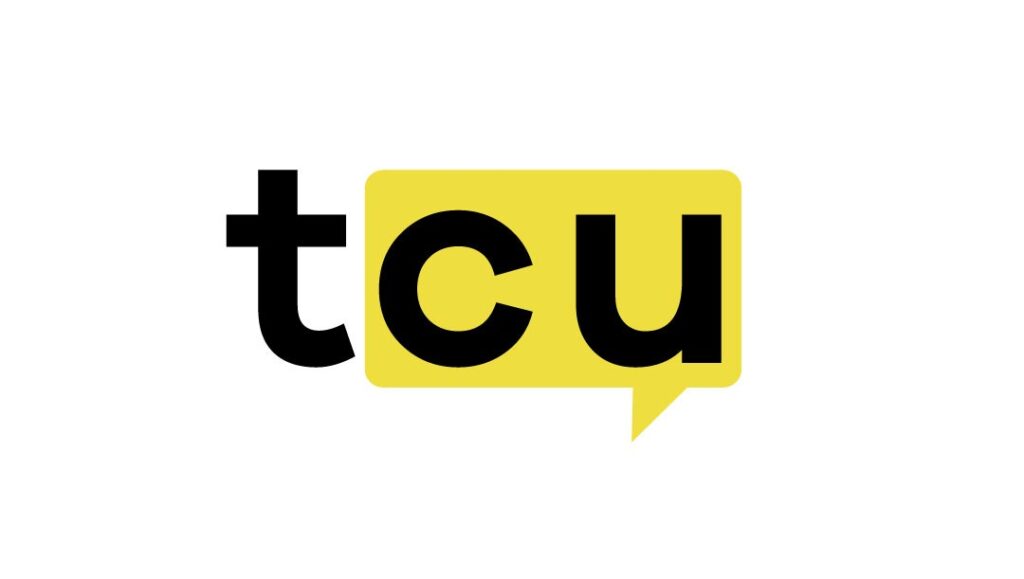It seems that the space of decentralized AI picks up speed in a difficult way to ignore. According to a new Yuma report – an AI – Bittensor electronic commercial platform, a blockchain -based network for automatic learning, could simply reach a turning point. The figures are starting to be quite convincing.
What the figures say
The report “State of Bittensor”, covering the first half of 2025, underlines interesting changes in public opinion. A Harris survey commissioned by Digital Currency Group revealed that 77% of consumers now believe that decentralized AI offers more advantages than Big Tech controlled systems. Almost half of those questioned already use open-source AI tools in a form.
It is a notable change just a few years ago. This suggests that people become more aware – or perhaps more suspicious – of how a handful of large companies control large amounts of data.
How Bittensor develops
Bittensor himself is structured around what he calls “subnets”-specialized networks focused on different AI tasks. Currently, there are 128 live. They cover a surprising range of uses. The MIID subnet of YANEZ, for example, creates synthetic identities to test financial compliance systems. Natix uses Streetvision to collect urban video data from drivers to improve cartography. Flock works on linguistic models that run directly on your device, which helps keep private data.
These are not just a niche developers either. Institutional players like Bitgo, Copper and Crypto.com have started to get involved thanks to the Yuma validator. This kind of support often points out that people are starting to take technology seriously.
By metrics
T2 growth measures are quite striking. The subnets increased by 50%. Minors increased by 16%. Non -zero portfolios – which makes active users – has increased by 28%. The amount of TAO marked, the native token of Bittensor, increased by more than 21%, and the market capitalization of the token approached $ 4 billion by July. The subnet tokens together approached $ 800 million.
These are not small numbers. It seems that the network takes momentum in a tangible way.
What comes then
Barry Silbert, founder and CEO of Yuma, simply put it: Bittensor changes the way the AI is built and shared. He mentioned that Yuma is about to launch an asset management branch to help investors exposure to the ecosystem.
It is easy to think of a decentralized AI as something still on the horizon. But according to the report, it is no longer theoretical. Adoption, says Silbert, already occurs. Maybe not everywhere – but it’s in progress.
![]()




